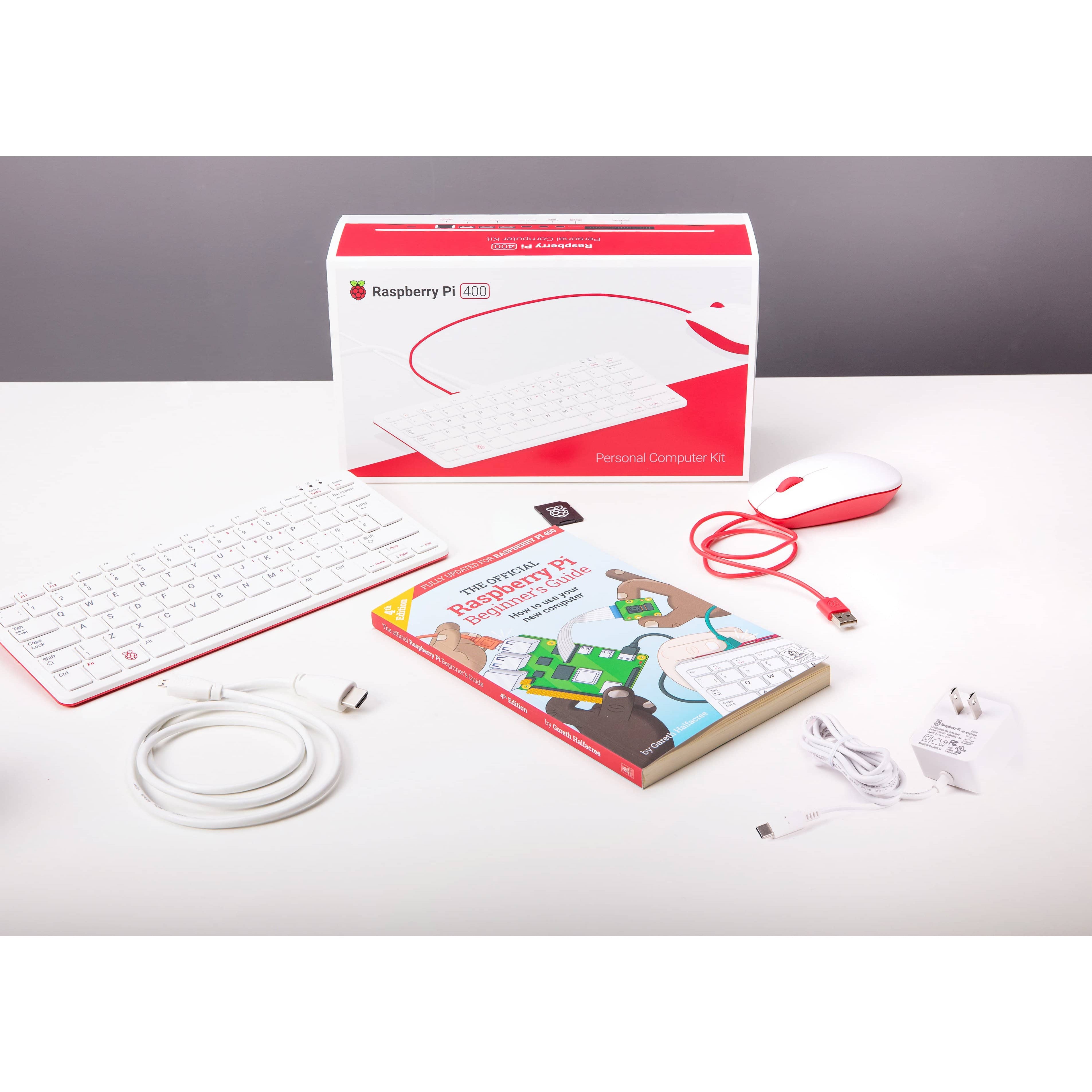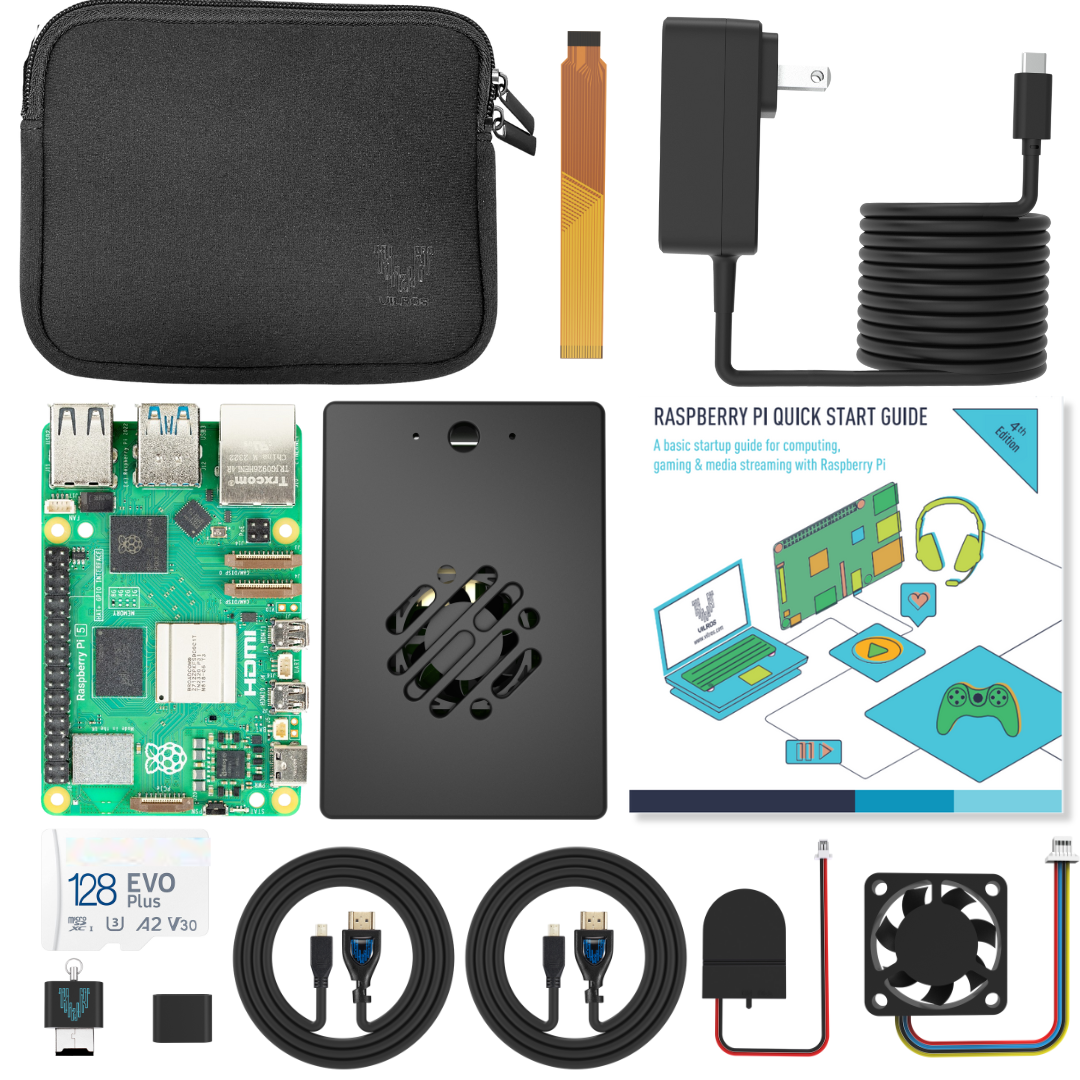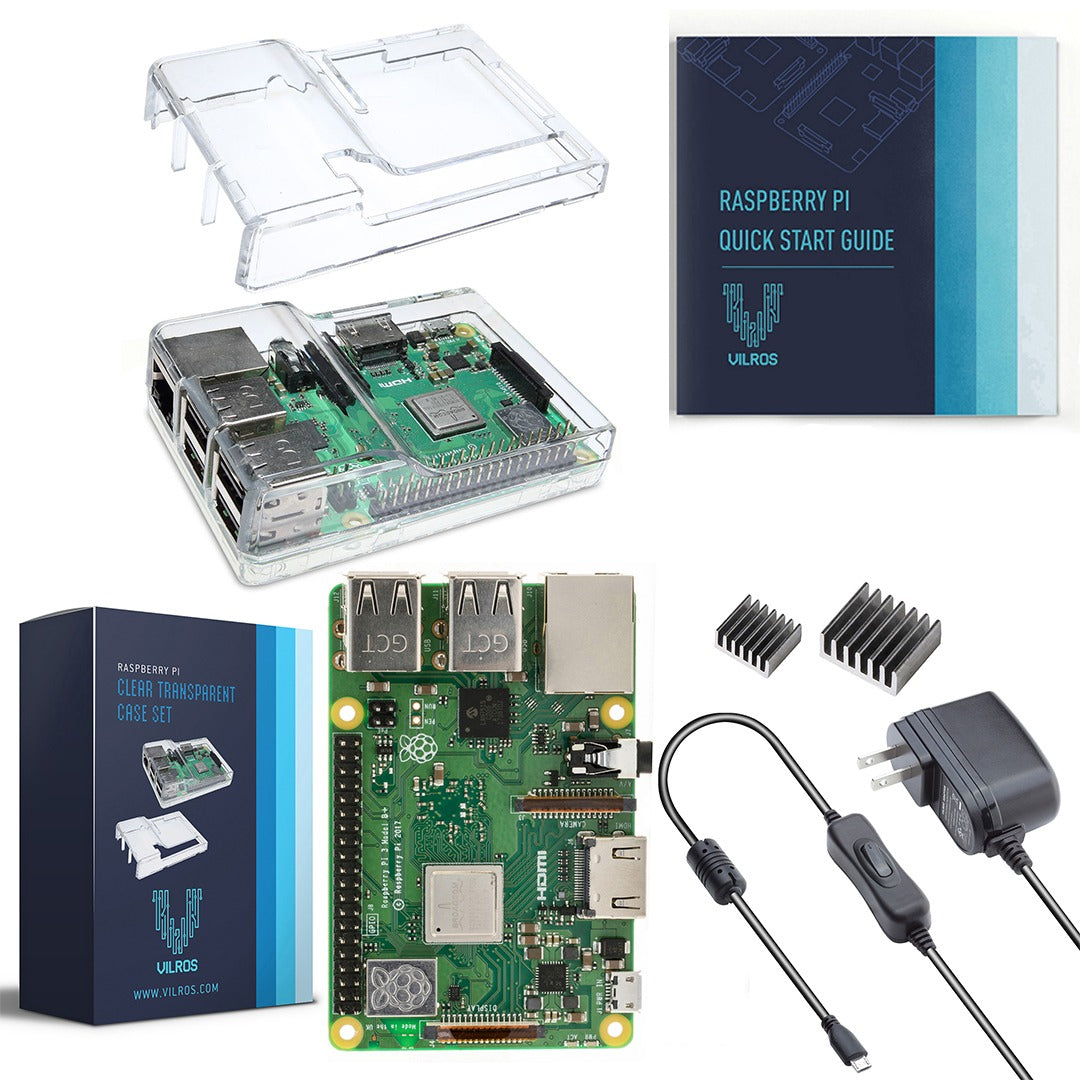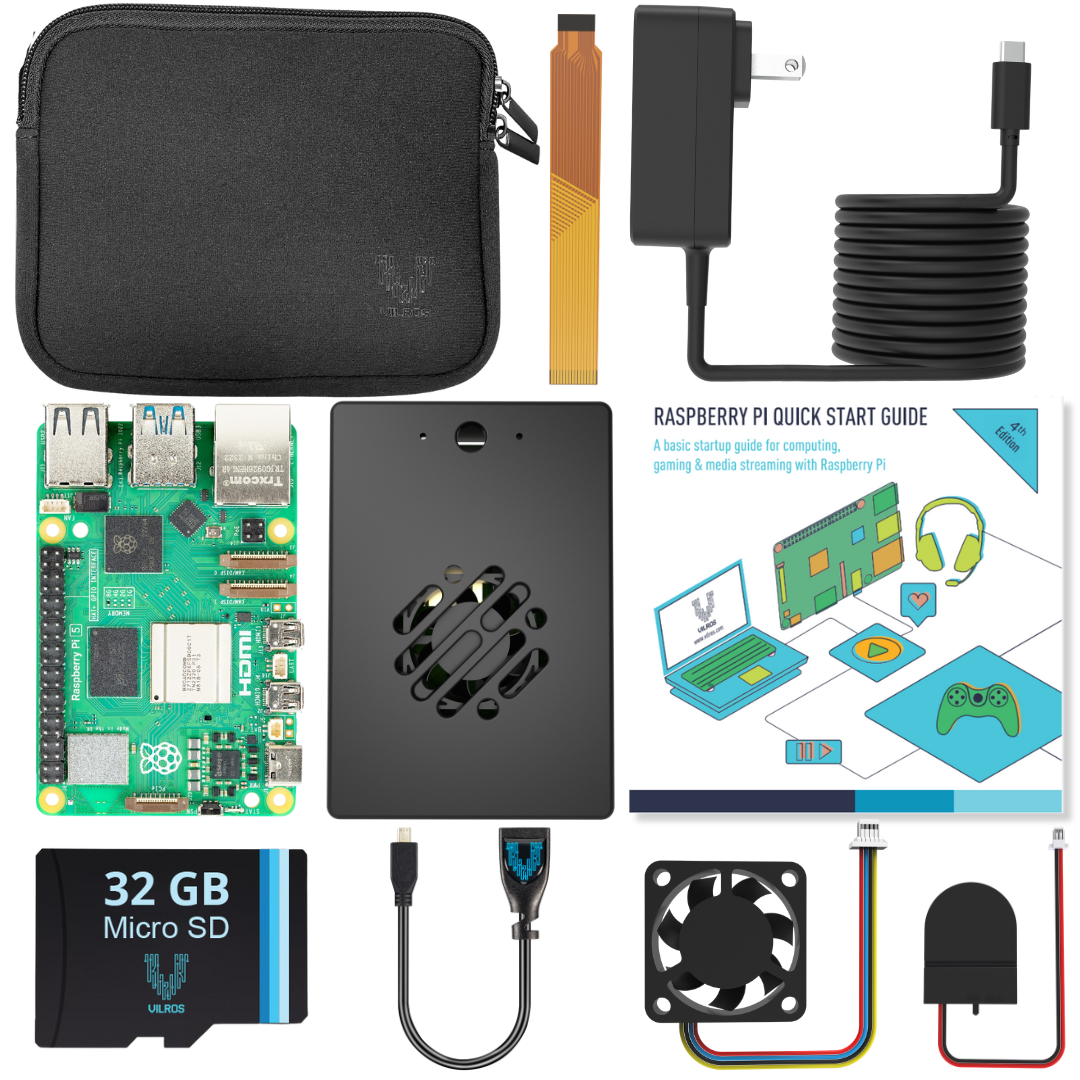
School’s In! The Science Journal Will be Transferring from Google to Arduino This Fall.
School’s In! The Science Journal Will be Transferring from Google to Arduino This Fall.
In an exciting joint announcement from Arduino and Google on August 5, 2020, the Google Science Journal app will officially be transferring to Arduino starting in September!
Back in 2019, Arduino released their Science Kit, a physics lab tool kit designed for Middle School students to start exploring force, motion, and conductivity. Optimized for use with the Google Science Journal app, the Arduino Science Kit has empowered students to construct hypotheses and perform experiments while logging data and documenting results through the Science Journal app.
This strategic partnership is just one reason Arduino is well-positioned to take on and advance the future of the Science Journal app. With the company’s commitment to hands-on learning experiences in science and tech, Arduino’s acquisition of Google’s Science Journal app will open new possibilities to expand student access.
As Arduino CEO Fabio Violante explains, “Our mission is to shape the future of the next generation of STEAM leaders, and allow them to have a more equitable and affordable access to complete, hands-on, and engaging learning experiences, in line with UN Sustainable Goals of Quality Education.”
The transfer of the Science Journal app from Google to Arduino will further promote that mission and vision.

What is the Science Journal App?
The Science Journal app was developed to inspire and enable students, hobbyists, and citizen scientists to conduct experiments and document their investigations.
You can download the app for iOS or Android, and once you open the app, you can get started by creating a new experiment.
The app contains a “Toolbar” where you can collect observations and ideas using photos, text notes, and sensor recordings, among other data.
The app also contains several in-built sensor displays that allow you to start measuring phenomena in your environment, such as motions, sounds, light, and more. Once you choose the sensor you want to use - for example sound intensity measured in decibels - you can run a trial and record the data reading from the sensor.
Want to know who has the loudest voice in your family? You can set up an experiment to test each person for 10 seconds and see what the sensor picks up. You can write out your hypothesis and collect and track your data, all using the app. There’s even an option to create triggers so you can automate sensor recordings.

What’s New for the Arduino Science Journal?
Once it transitions to Arduino, the Arduino Science Journal will not only support the Science Kit Physics Lab but also be compatible with the Arduino Nano 33 BLE Sense board. Arduino is committed to ensuring their version of the app with continue to be open to developers, with open codes, firmware. and APIs to encourage continuous innovation. They will also keep the app free so that users everywhere will be able to measure their environments and practice the work of being a scientist.
Especially post-COVID when so many students around the world will be engaging in learning activities outside a traditional classroom, hopefully the app will continue to provide real-world science learning experiences in any remote environment.
The transition will start in September – just in time for the typical start of the school year – and Google will officially cease providing any upgrades or support in December. Looking ahead, Arduino is planning to develop a new Arduino integration specifically for iOS as well as continue to develop integrations with other Arduino hardware and programs.
Coming to a Smartphone Near You – September 2020!
Our team here at Vilros is excited to see Arduino’s version of the Science Journal when it’s released in September. If you’ll be an early adopter, let us know about your experiences.
And in the meantime, don’t forget to return to this Vilros blog for more Arduino and Raspberry Pi news!





